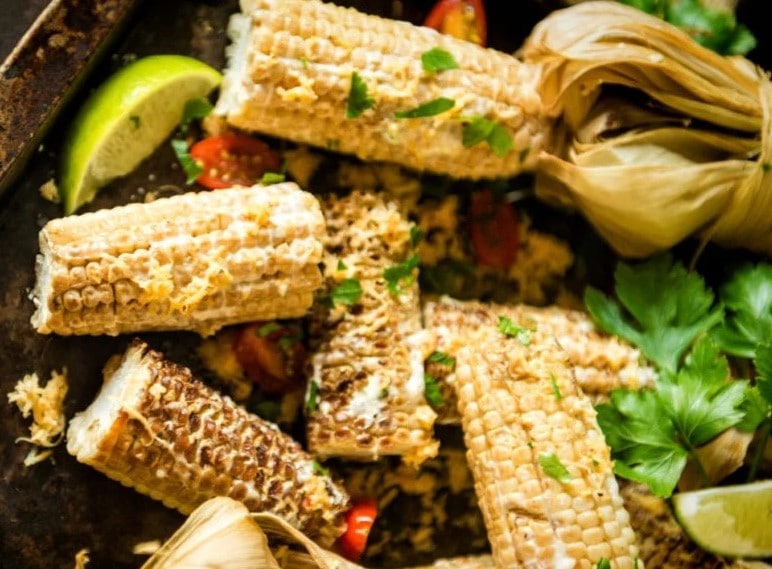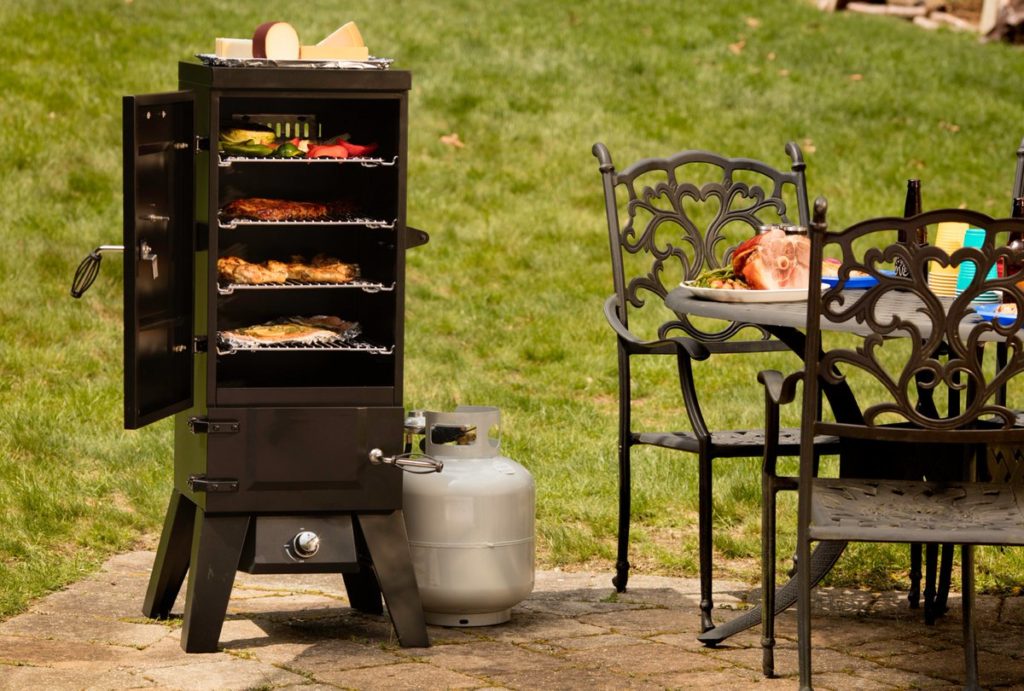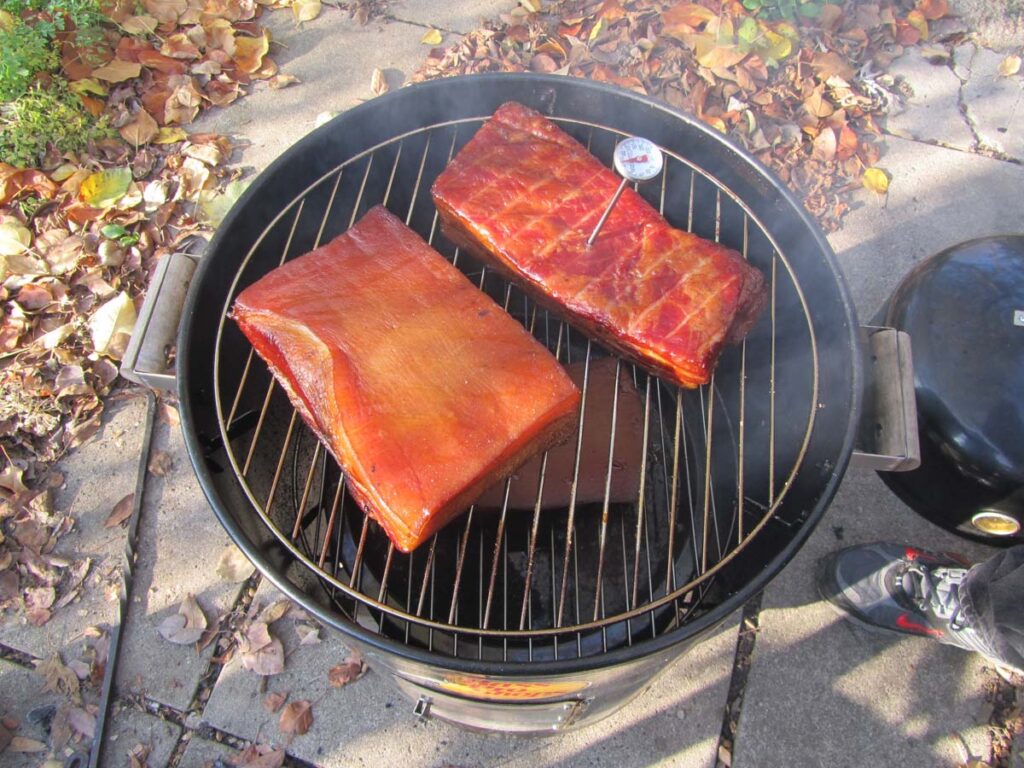

Purchasing frozen ribs has quite a few advantages, making it a great option when deciding on buying ribs either for the home or for an occasion. Frozen ribs are very convenient and can help save money Trusted Source Why buy frozen food - Fresh from the Freezer Frozen food has come a long way since it landed on our plates in 1954. From frozen meat and fish to frozen vegetables and desserts, the benefits of using frozen are huge. So, why buy frozen food? Freezing can help to retain quality, seal in freshness, and lock in all that goodness. Foods such as fish and vegetables have been proven to retain nutrients when frozen. freshfromthefreezer.co.uk , especially when purchased in bulk.
However, purchasing frozen ribs presents with it one headache: how to defrost ribs. How the ribs are thawed can determine if the ribs are safe to be cooked and the quality and taste of the ribs when cooked.
Defrosting ribs takes time, and while you may be forced to consider the fastest way to save time in thawing the ribs, it may not be the safest way for defrosting ribs.
This article not just explains how to defrost ribs but also explains how long to thaw ribs, the best way to thaw ribs, and other methods of defrosting ribs.
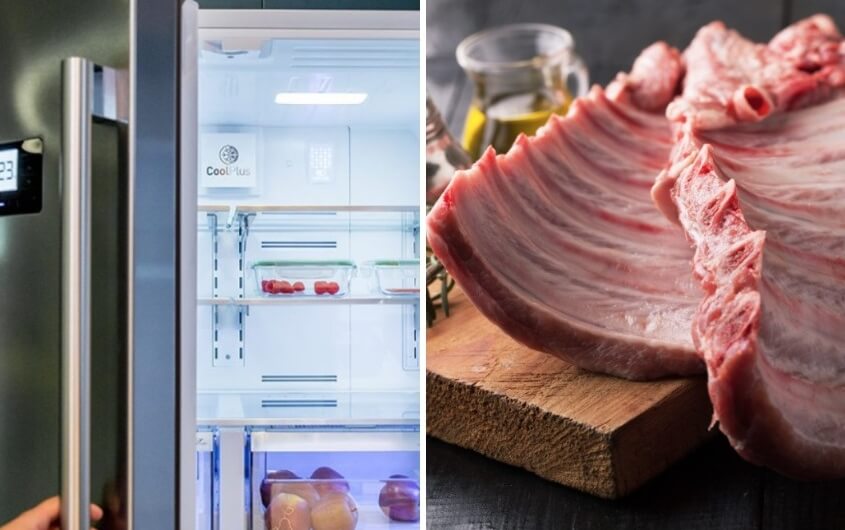
Defrosting ribs in the refrigerator is the best way to thaw ribs. It is important that you take note of the temperature of your refrigerator because it determines how long to thaw ribs. For example, food will take longer to thaw at 35˚F than at 40˚F, and you can decide to increase the temperature and leave it to thaw out overnight.
Ensure you place the ribs in a container with high sides that ensures that the ribs are well contained inside it. This is to prevent the dripping of the raw juice from the ribs in the refrigerator because the juice can contaminate other food items in the fridge, such as fruits and vegetables with bacteria. It is a wise idea, though, to always place ribs on the bottom shelf of the refrigerator.
The USDA FSIS states that ribs defrosted in the refrigerator can be kept for up to three to five days after defrosting before cooking, and if you change your mind within the five days, you can refreeze them safely in the refrigerator. Although there may be a noticeable drop in the quality of the ribs when cooked, it will halt the growth of any bacteria.
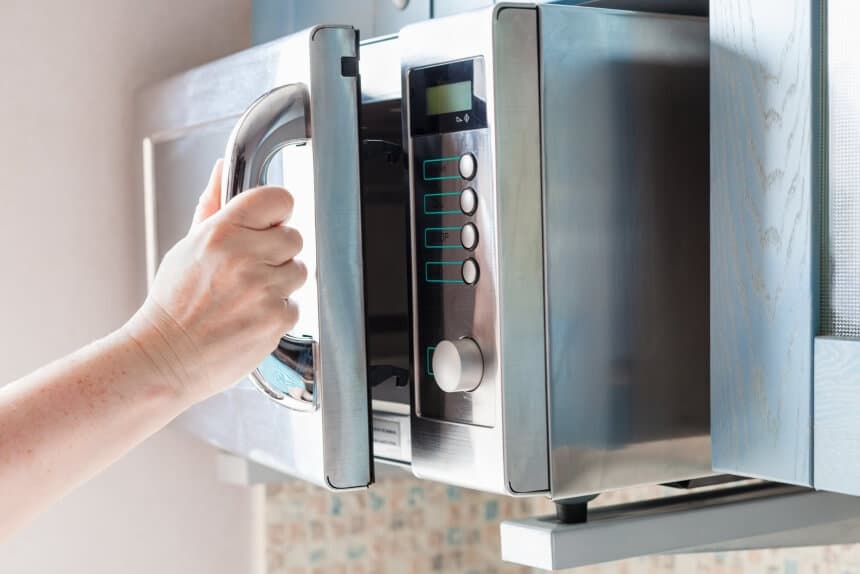
While it is the quickest method, it is quite tricky, and you must ensure that you abide by some safety rules to ensure the quality of the ribs.
After taking the ribs out of the refrigerator, ensure you remove all packaging forms and wrap on the ribs, including labels, plastic wraps, and foam wrapping. Most types of packaging are not heat resistant and contain chemicals that may melt into the ribs while microwaving.
Check out your microwave features to know if it has a defrost feature. If it does, set it to the defrost feature and choose the kind of meat you are thawing. If your microwave does not have the feature, then set the power to 30% and then place your frozen ribs into a microwave-safe container and cover them on top with a lid loosely.
Usually, defrosting in the microwave should take between seven to eight minutes per pound, but this depends on the thickness of the ribs and the power of the microwave. The edges of the ribs may slightly cook while defrosting, although the inside may still remain frozen depending on the thickness of the ribs.
If your microwave does not have a tray that automatically rotates, then stop the process halfway through the thawing and turn the container to allow the heat to spread evenly to all the sides of the ribs as well as the inside.
This is to prevent uneven thawing, especially if the ribs reach 40˚F, which is the temperature suitable for bacteria to grow and multiply in food.
Once you defrost ribs using a microwave, they become unsafe to be refrozen in the refrigerator and should be cooked immediately after defrosting.
Remember, this option should be considered if you are thinking of how to defrost ribs quickly.
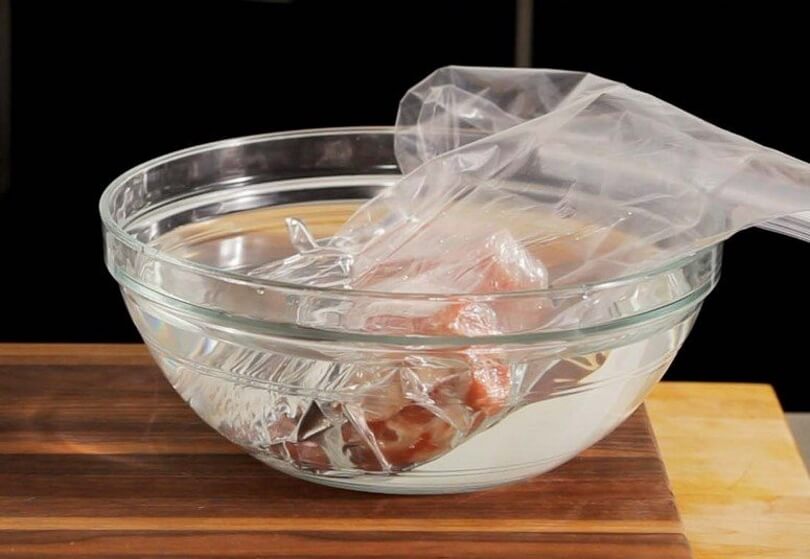
It is recommended that the frozen ribs be placed in a sealed plastic bag or leak-proof container to prevent air and water from entering and touching the ribs.
Fill a bowl large enough to contain the ribs with cold water to submerge the ribs in the bowl. You can also add ice cubes to ensure the water is cold.
Drain the water every 30 minutes and replace it with fresh cold water. One or two pounds of ribs would usually take up to an hour or less to thaw, while larger servings of ribs could take up to four hours to thaw.
Once the meat is thawed, it is unsafe to refreeze the ribs. Therefore, if you are utilizing this option, it is advisable that you cook immediately to prevent bacteria from forming.
When deciding to thaw your frozen rib, the most important thing to note is to never defrost at room temperature. Never leave your ribs out on the counter to thaw because they are likely to reach between 40˚F and 140˚F.
This temperature is known as the danger zone because at this temperature, bacteria begin to multiply at an exponential rate, and your ribs are likely to get spoiled very fast. Even if the ribs appear to be cold or feel cold when touched, the chances are that the ribs have reached or gone about the 40˚F point.
The USDA FSIS warns that even if kept in hot water, ribs should not be left to thaw at room temperature, nor should they be kept at room temperature longer than two hours.
The answer is YES! While it is fine if you decide to thaw your ribs before you cooking, it is also okay to start cooking while the meat is frozen.
However, if you decide to cook your ribs while frozen, expect that your cooking will take longer than if you thawed the ribs first. While this can be a disadvantage because it will require almost double the normal time, it also has an advantage because it provides ample time for the ribs to be well cooked.
Ribs, especially pork ribs, are best cooked to an internal temperature of at least 145˚F as measured by a meat thermometer and cook well slowly over a long period of time.
Allow the ribs to rest for at least three to ten minutes before serving.
Bacteria cannot grow at low temperatures. Instead, they go into a dormant state until there is a change in temperature to a higher temperature.
Thawing increases the temperature, which brings them out of their dormant state to an active state, and this is why it is advisable not to leave meat uncooked after thawing.
Uneven thawing can lead to the growth and multiplication of bacteria such as staphylococcus, salmonella, campylobacter, and E. coli, which, if ingested into the body, can cause serious illnesses such as gastrointestinal discomfort, vomiting, abdominal pain, and vomiting.
Illnesses can begin to manifest in the body under 20 minutes or can even stay for up to 6 weeks before beginning to show in the body.
It can also cause the ribs to get spoiled, giving it a slimy and sticky feel as well as giving it an offensive odor. The ribs may also begin to change color from pink to brown and have moldy patches in different spots.
Defrosting your ribs may seem like just a simple process, but it can go a long way in determining the quality of your ribs when cooked. If you know you’ll be grilling, smoking, or cooking your ribs in any different variety, make sure you move them from the freezer to the fridge days before to give it plenty of time to thaw.
